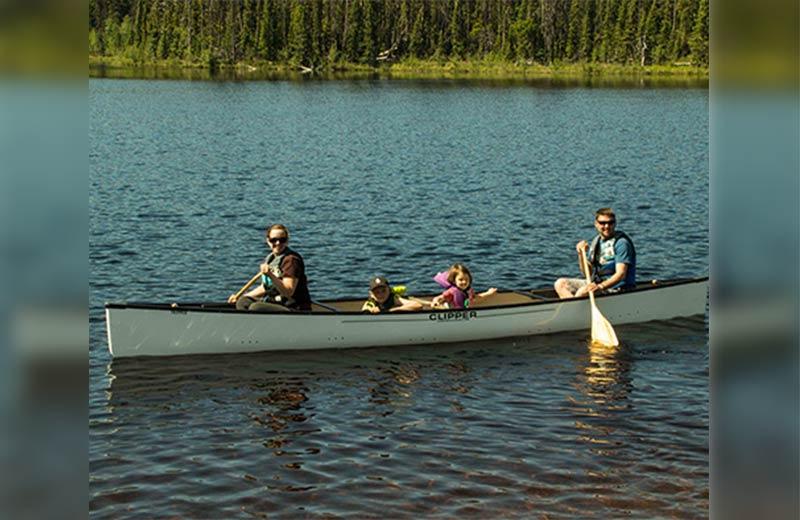July 17-23, 2016 is National Drowning Prevention Week. Parachute Canada has some important information that really frames this topic for me.
Did you know?
- Children under 18 are at greatest risk of drowning in rivers, lakes, and ponds.
- Boys are more likely to drown than girls.
- Drowning can happen in an instant.
I want to encourage everyone to have a safe summer, but I know that talking to parents about safety can be tricky. It only takes media coverage of one injured child to spark all sorts of harsh judgements and criticisms of parents. Sometimes I wonder if what I write about childhood safety will be viewed as a criticism of things parents aren't doing. I certainly hope not.
You see, I am also a parent of young children. I am not perfect, not even close. We have "close calls" or times when I feel we have come far too close to one of my children experiencing a preventable injury. Every day, I wonder if I am enough for my children. What I can tell you is that when I parent without support or help, I am in fact setting myself up for failure. No single person is meant to be enough or everything for our children. There is a reason we say "it takes a community." It really does!
When it comes to water safety, the same is true. No single plan is enough.
Water injuries are predictable. There are many ways to reduce the risk of drowning.
- Children need to swim within arms' reach. Drowning is often silent. When kids get into trouble, they do not call, wave or signal; all of their energy is used just keeping their head above water. Visit the Lifesaving Society (BC and Yukon Branch) for more information.
- Actively supervise all children around water. According to the Red Cross, the absence of effective adult supervision is a factor in 75 per cent of deaths by drowning for children under the age of 10. An older sibling is no substitute for parent supervision.
- Wear a properly fitted life-jacket every single time kids are on a boat. Young children and weak swimmers should wear a life-jacket on, near, or in the water. Want to learn how to properly fit a life-jacket? SmartBoater has you covered with great video tutorials!
- Learn to swim. Learning to swim and play safely around water is a life skill in Canada. Enroll in swim lessons at the local pool.
Protect children and prevent drowning
This isn't a menu of options, where you just pick one. These are multiple ways to protect children and prevent drowning that can all be used together. Even though I may teach my child to ask permission to enter the lake every time, there will always be the one time it gets forgotten. I will blink, look away, and get distracted countless times. Relying on many strategies or supports is not a sign of weakness, it is responsible parenting. And it drastically decreases the risks of incident for my children.
So, parents, you do not have to do it alone! Use whatever resources are available to make sure that water play is safe play!














Comments